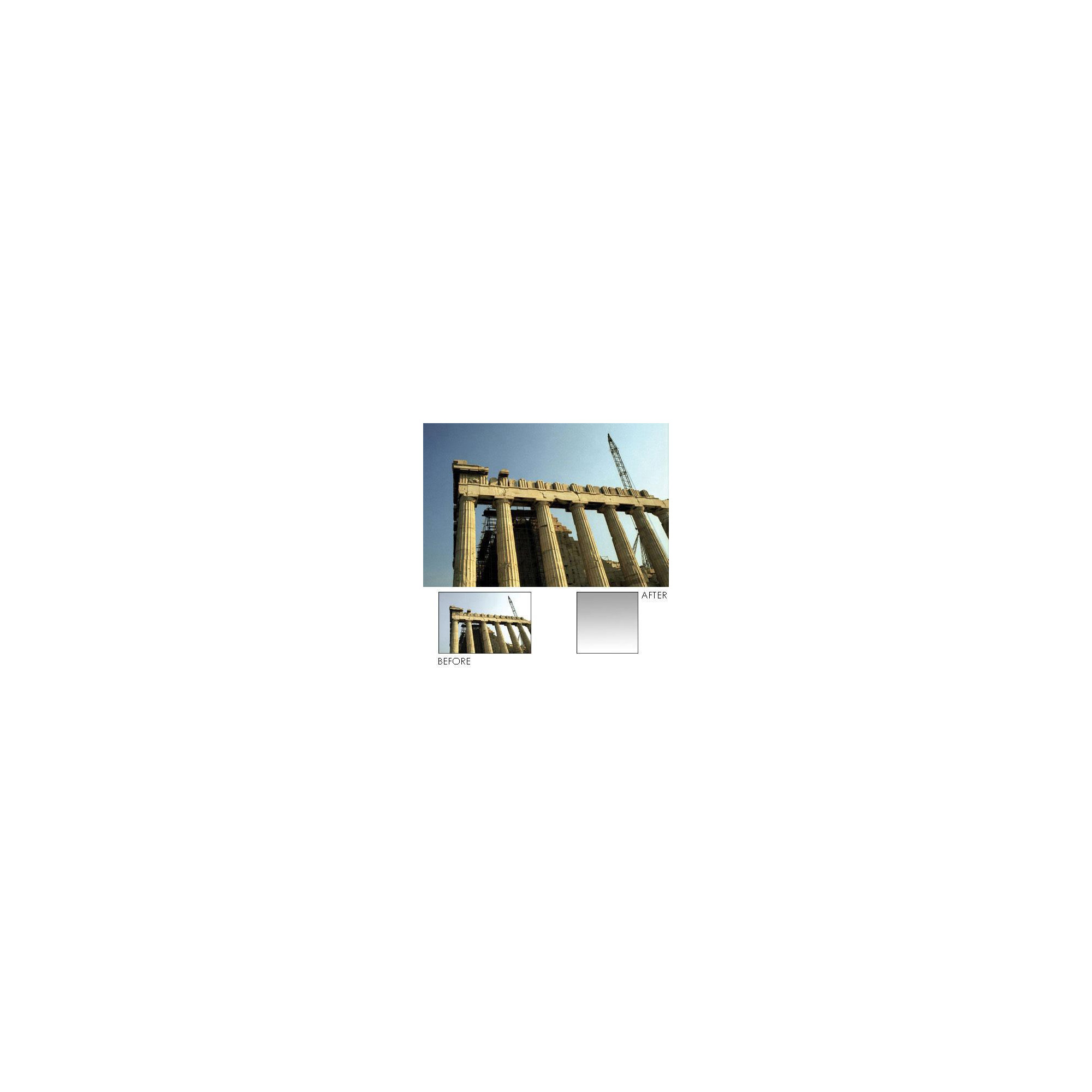-
- Photographic Lens
- Cine Lenses
- Lens B4 2/3"
- Lens 1/2"
- Lens 1/3"
- Lens "C" mount
- Lens for Micro Cameras
- Optics
- Remote Controls
- Matte Box
- Follow Focus
- Fluid Zoom
- Photographic Lens Adapter
- Converters Close-Up
- Lens - Wide Converter
- Filters Round
- Filters 6x6
- Filters 5x6
- Filters 5x5
- Filters 4x5.65
- Filters 4x4
- Lens - Spare
- Spare parts
- Lens - Accessories iPhone
-
- Microphones Wireless
- Wired microphones
- Microphone stands - Sheet Music Stands
- Microphones - Accessories
- Intercoms
- Power Amplifers
- Audio Mixer
- Sound Diffusion
- Speakers stands
- Audio Recorders
- Cable & Adaptors Audio
- Audio Equipments
- Test Equipments
- Audio-MIDI interfaces
- Measurement microphones
- Audio Monitoring
- Audio over IP
- Musical instruments
- Control surfaces
- Kit Boom
- Spare parts
- Bags for audio devices
- Radio & walkie talkie
W44CGN3S
Tiffen
₦ 662,749.00 VAT excl.
Quality Water White Glass
Dimensions: 100 x 100 x 4mm
The Tiffen 4 x 4" Graduated Neutral Density (ND) ND 0.3 Water White Glass Filter enables the shooter to adjust exposure without affecting color balance. Neutral density filters are available in 1, 2, 3, or 4 stops to suit individual situations.
Often it is necessary or desirable to balance the light intensity in one part of a scene with another. This is especially true in situations where you don''t have total light control, as in bright contrasty landscapes. Exposing for the foreground will produce a washed-out, over-exposed sky while exposing for the sky will leave the foreground dark and under-exposed. This filter enables cloud detail to be kept correctly exposed in the picture.
Determining which graduated neutral density filter yields ideal results for any given lighting situation takes knowledge, experience and a collection of such filters. Choose the filter strength which adjusts the lighting to stay within the exposure latitude (greatest difference between bright/dark values) which still shows details in both of the digital or film medium in use.
Speaking generally, the 2-stop value (ND 0.6 - the filter''s clear portion allows 4x more light to pass vs. darkest portion) effectively compensates average bright sky-to-foreground situations, and the soft transition is applicable more often to a scene than the hard transition
The Soft or Hard label indicates the degree of color graduation. Horizontal/Vertical indicates the direction of the graduation.
Neutral Density filters have four main uses
To enable slow shutter speeds to be used, especially with high speed films, to record movement in subjects such as waterfalls, clouds, or cars
To decrease depth of field by allowing wider apertures to be used, which helps separate subjects from their background
To decrease the effective ISO of high speed film (above ISO 400) and allow it to be used outdoors in bright situations
To allow cine and video cameras (which have fixed shutter speeds) to film subjects such as snow, sand or other bright scenes which could cause overexposure
Neutral Density factors
ND.3 (exposure adjustment = 1 stop, reduces ISO 1/2)
ND.6 (exposure adjustment = 2 stops, reduces ISO 1/4)
ND.9 (exposure adjustment = 3 stops, reduces ISO 1/8)
ND1.2 (exposure adjustment = 4 stops, reduces ISO 1/16)
Your review appreciation cannot be sent
Report comment
Report sent
Your report cannot be sent
Write your review
Review sent
Your review cannot be sent
Other products in the same category
44UPOL
ND06-44
S-GND161.2
44ND 6
44BPM14
44GG14
DZO-CCPF-BMS
44PM 2
Dayled 2000 Filter Holder-327
ND03-44
44ND 9
44POL
44LC 2
44STRK 1
HD4706

















